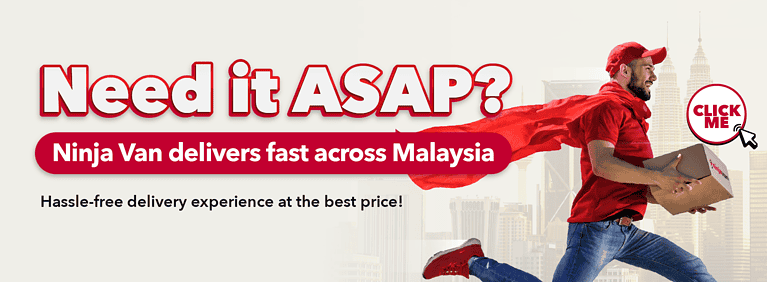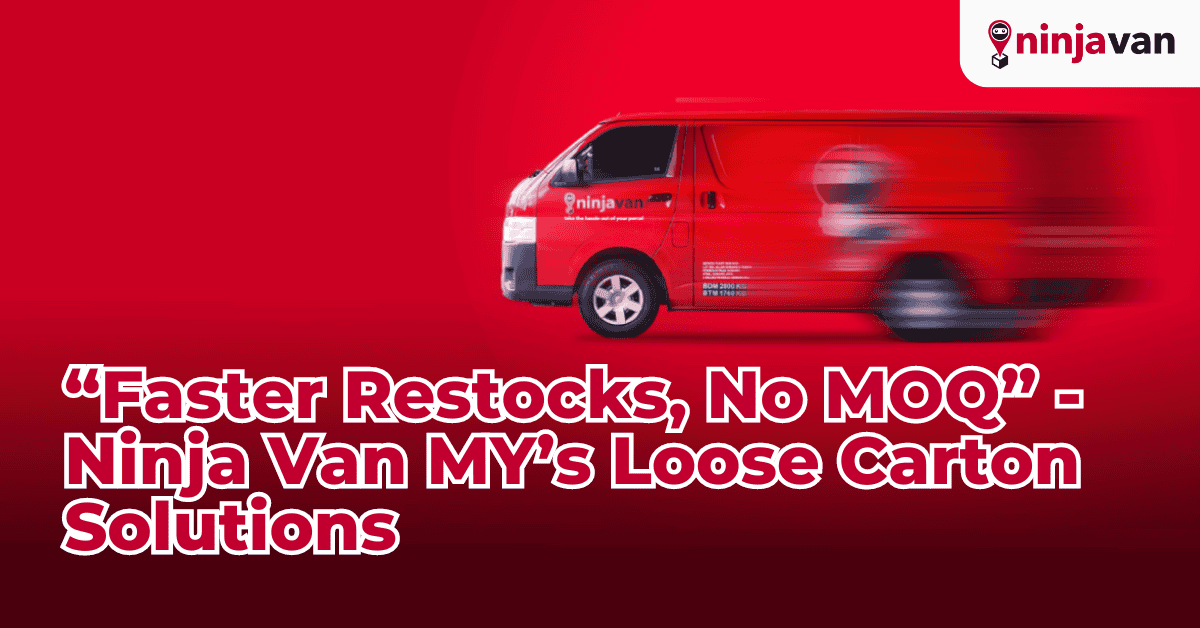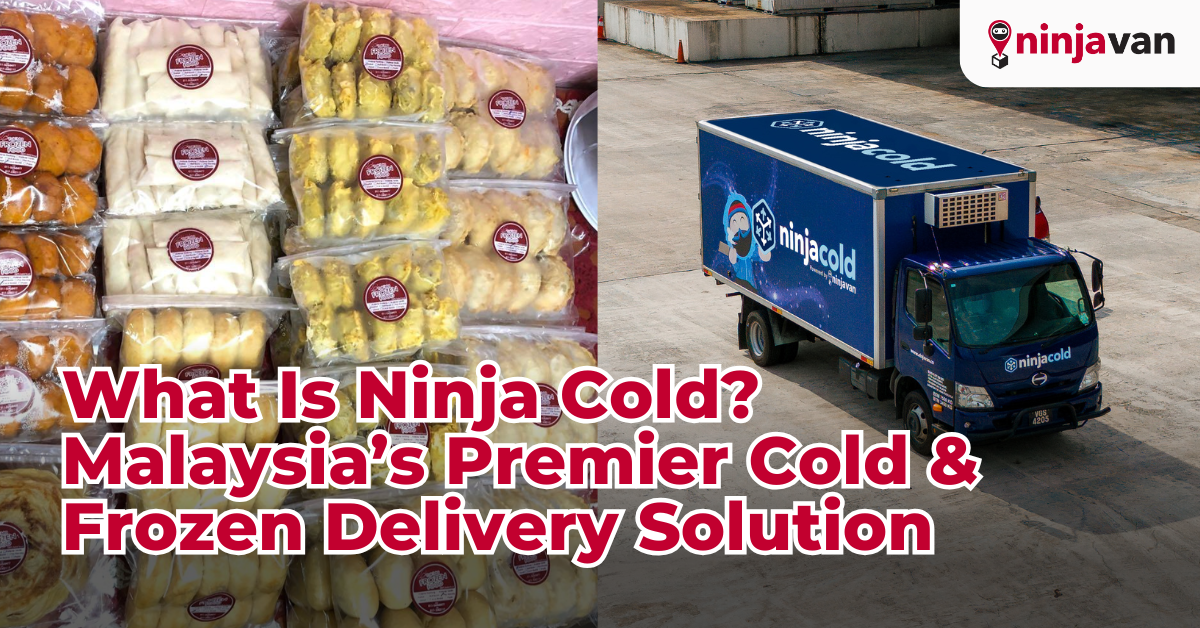Ever walk into a store only to find empty shelves where your desired item should be?
That’s a stockout, a frustrating situation for both you and the business. In retail, stockouts happen when a product sells out faster than anticipated. These situations aren’t just inconvenient, they can have a real impact on a business’s bottom line — lost sales, unhappy customers, and damaged reputations. But, if you take control of inventory management, businesses can avoid these pitfalls.
A Harvard Business Review study revealed a shocking truth: up to 25% of customers simply walk away when faced with a stockout. That’s a quarter of your potential sales vanishing!
This blog will delve into the world of stockouts, exploring the causes and consequences, and explore industry best practices to optimise your inventory and avoid those dreaded stockouts. But first…
Understanding Minimum Order Quantity (MOQ)
MOQ is the minimum number of items a seller requires you to purchase. But why can’t you buy just one unit of a certain product? Suppliers set MOQs to ensure they make a profit after factoring in production costs, shipping, and other expenses. Industries like manufacturing often have high set-up costs, so they need to sell a certain volume to justify production runs. Additionally, wholesalers may have minimum packaging quantities, like selling by the case, to avoid extra handling costs.
Here’s an example: Imagine you sell motorcycle jackets with a RM20 production cost and a RM50 minimum shipping expense. Sending one jacket would cost RM70, resulting in a loss. But selling 50 jackets breaks you even: RM50 shipping + RM1,000 production cost = RM1,050 revenue.
The Drawbacks of MOQ
MOQ helps businesses stay profitable, but it can be a road blocker for smaller buyers. Here’s how:
- Higher upfront costs: MOQs often require larger initial purchases, straining smaller business budgets.
- Inventory risk: High MOQs can lead to excess stock if demand changes or products become unpopular.
- Limited flexibility: MOQs may restrict customization options and prevent smaller buyers from accessing certain products.
- Lost sales: Manufacturers may miss out on business from startups and smaller companies due to inflexible MOQs.
- Overstocking: Businesses may be forced to purchase more than they need, potentially leading to price reductions to clear excess inventory.
In short, MOQs can put the power in the manufacturer’s hands, limiting buying options and potentially hindering growth for smaller businesses. The good news is there are solutions!
Benefits of No-MOQ Restocking Solutions
Say goodbye to rigid minimum order quantities (MOQs)! Ninja Restock revolutionises B2B restocking with a game-changing feature: no minimum order size. This means you can order exactly what you need, when you need it, even if it’s just one item.
Here’s how this benefits your business:
- No more overstocking or dead stock! Order based on actual demand, minimising storage needs and the risk of holding outdated products.
- Free up capital tied up in excess inventory. Invest those resources in growth initiatives or improve your cash flow.
- Fresher inventory keeps customers happy and reduces the risk of stockouts.
- Respond quickly to changing market demands. No more waiting to meet a minimum order amount before restocking.
With Ninja Restock, you’re in control. Order with confidence, knowing you can get exactly what you need, efficiently and cost-effectively. Click on the banner below to learn more!
How to Start? Planning for No-MOQ Restocking
While no-MOQ restocking offers businesses a whole new level of flexibility, there is no one-size-fits-all solution to ditching MOQs. Here are some key factors to consider:
#1. Demand Forecasting
The key to success with no-MOQ restocking lies in accurate demand forecasting. Understanding your sales trends and customer buying patterns is crucial for ordering the right amount of product, at the right time. What you can do is implement a reliable forecasting formula to gain valuable insights into your demand landscape, such as:
- Track Sales Trends: Analyse your sales data to identify buying patterns, both short-term (weekly) and long-term (quarterly). This helps you predict future demand.
- Calculate Lead Time Demand: Multiply your average daily sales by your lead time (in days) to determine how much stock you need to cover the gap between ordering and receiving new inventory.
- Factor in Safety Stock: Don’t rely solely on lead time demand. Account for potential sales fluctuations with a safety stock buffer. Use this formula: Maximum Daily Sales x Maximum Lead Time – Lead Time Demand = Safety Stock
- Set Clear Reorder Points: Combine your lead time demand and safety stock to establish a reorder point. This is the inventory level that triggers a new order to avoid stockouts.
#2. Hidden Costs
No-MOQ may mean more frequent deliveries, which can translate to slightly higher shipping costs compared to larger, less frequent orders. However, this is often offset by savings in areas like storage and reduced waste due to overstocking. It’s a trade-off, but a worthwhile one for the benefits of increased sales and happier customers.
#3. Break-Even Point
Don’t jump into no-MOQ blindly! Before diving in, calculate your break-even point. Break-Even Point is the point where the cost of your no-MOQ orders equals the cost of traditional MOQ orders. This analysis will help you determine if no-MOQ is truly cost-effective for your specific business model.
Find your break-even point (number of units sold to cover all costs) with this formula: Fixed Costs divided by (Revenue per Unit minus Variable Cost per Unit).
#4. Customizable Restocking Schedules
No-MOQ empowers you to create custom restocking schedules tailored to your unique needs. Take advantage of this freedom! Schedule deliveries based on peak sales periods, inventory levels, and even specific product lines. This agility will help you avoid stockouts and keep your shelves stocked with the right items at the right time.
🐱👤 Ninja Note: For Malaysia’s typical Transporter service, East Coast deliveries took 3 days. However, with Ninja Restock, you can get them there the next day! We offer flexible restocking options throughout Malaysia. Contact us for details.
Faster Restocks, No MOQ – The Revenue Boost You Need
Now that you’ve equipped yourself with the perks of no-MOQ and what it takes to consider them for your business, it is time to take action! Ninja Van Malaysia’s Loose Carton Solutions offer a revolutionary approach to B2B restocking, empowering your business with flexibility, efficiency and reliability.
Here’s how it boosts your bottom line:
- Reduced stockouts, increased sales
- Improved inventory management
- Lower inventory costs — less storage space, less waste!
- Faster delivery, happier customers
- Increased inventory turnover — no-MOQ restocking keeps your product mix current, reducing the risk of slow-moving or outdated items.
- Greater flexibility — adapt your ordering strategy on the fly.
Stop waiting, start winning!
Ninja Van Malaysia’s Loose Carton Solutions empower you to take control of your restocking process. With our no-MOQ policy, faster delivery times, and multi-parcel shipping options, you can optimise your inventory, boost sales, and experience a revenue surge.
Contact us today or click on the banner below to learn more and unlock the full potential of your business!







